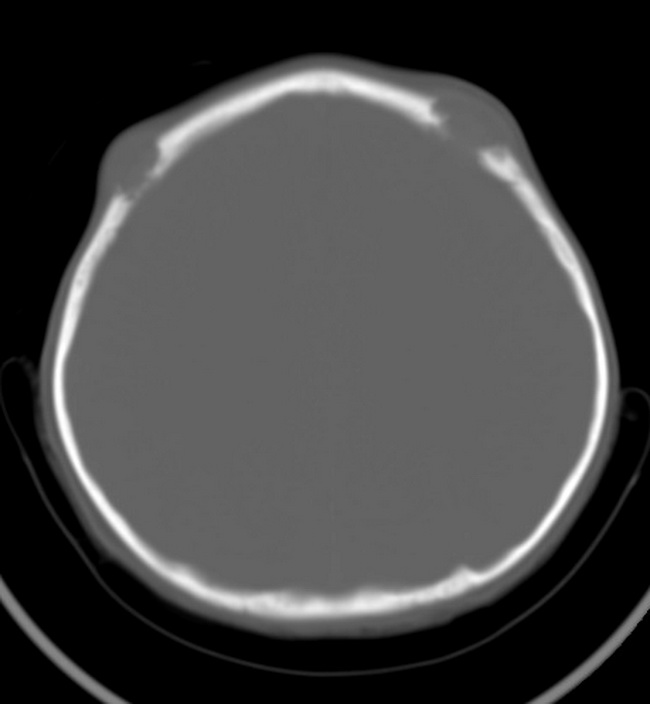LCH : Clinical Features


Comments:
Langerhans cell histiocytosis (LCH) is an extremely rare disease with a wide age range at presentation. Most cases occur in children (1-5 yrs) with a strong male predilection (M:F=3.7:1). The mean age at onset in adults is 33 to 35 years. It is more common in caucasians of Northern European ancestry and is rare in Blacks. LCH has variable clinical presentations with an unpredictable clinical course. Any organ can be involved, but bone and skin lesions are most common. The disease can be divided into two groups based on the extent of the disease: SINGLE SYSTEM or UNISYSTEM: 60-80% of LCH cases; unifocal or multifocal lesions involving bone or skin; previously called eosinophilic granuloma. MULTISYSTEM: disseminated and involving multiple organ systems; cases with risk organ involvement (liver, spleen, bone marrow) make up 10% of cases and were previously called Letterer-Siwe Disease; cases without risk organ involvement (15% to 40% of cases) were referred to as Hand Schuller Christian Disease. Unifocal disease in congenital or neonatal period can regress spontaneously, but multisystem disease has high mortality. LCH may follow acute lymphoblastic leukemia in children. In adults, it has been associated with acute myeloid leukemias and follicular lymphomas. LCH of lungs in adults is strongly linked to cigarette smoking. Clinical feature continue in next several slides. About this image: Unisystem LCH presenting as soft tissue swellings on scalp, fever of unknown origin, and gait difficulties in a 5 y/o female. CT shows multiple osteolytic lesions causing full thickness bone destruction in bilateral parietal bones. Note the associated soft tissue swelling. See plain x-ray in the previous image. Case courtesy of Dr Prashant Mudgal, Radiopaedia.org. From the case rID: 28345



